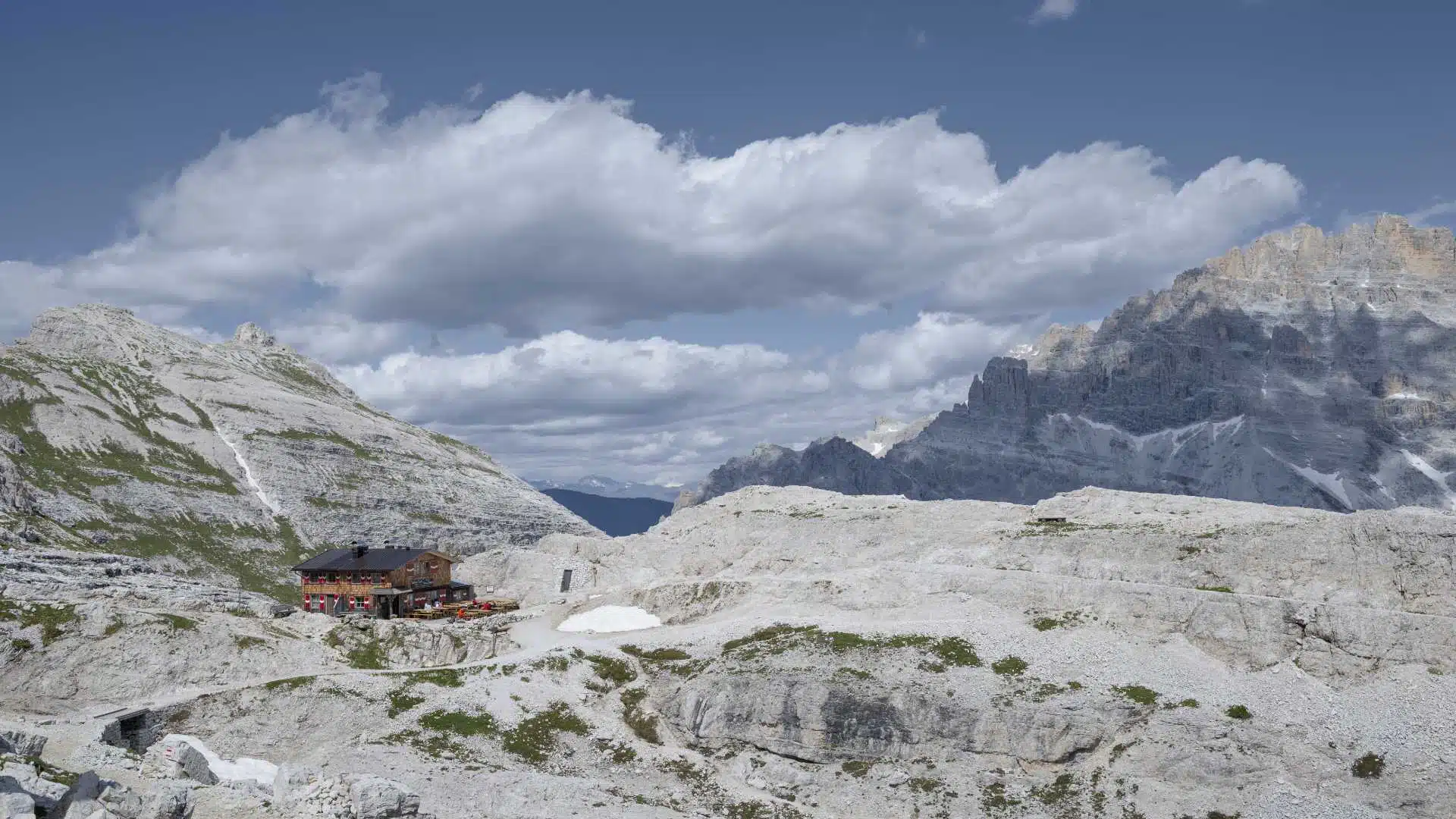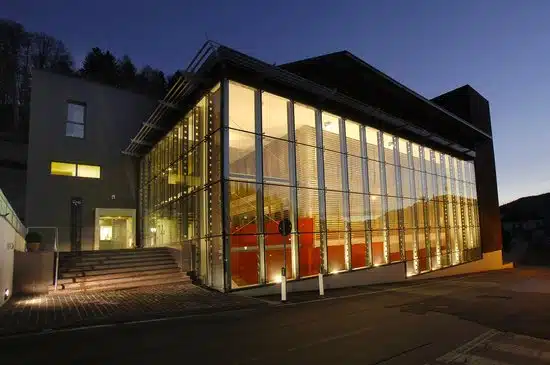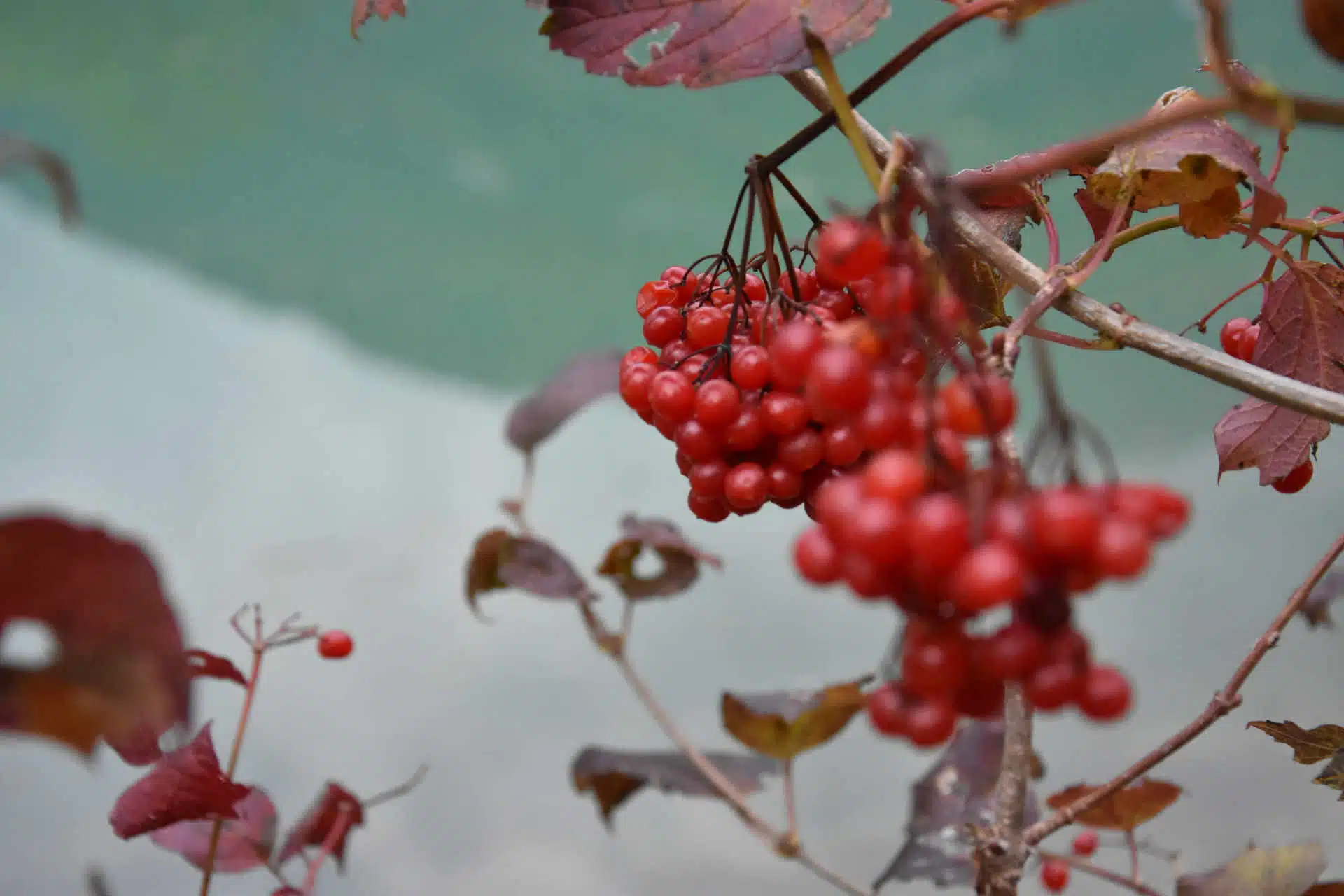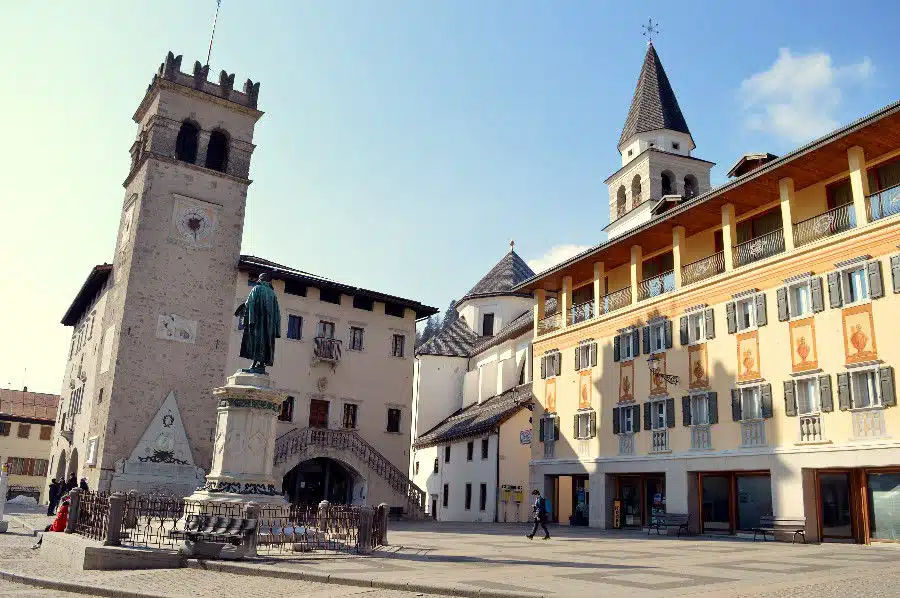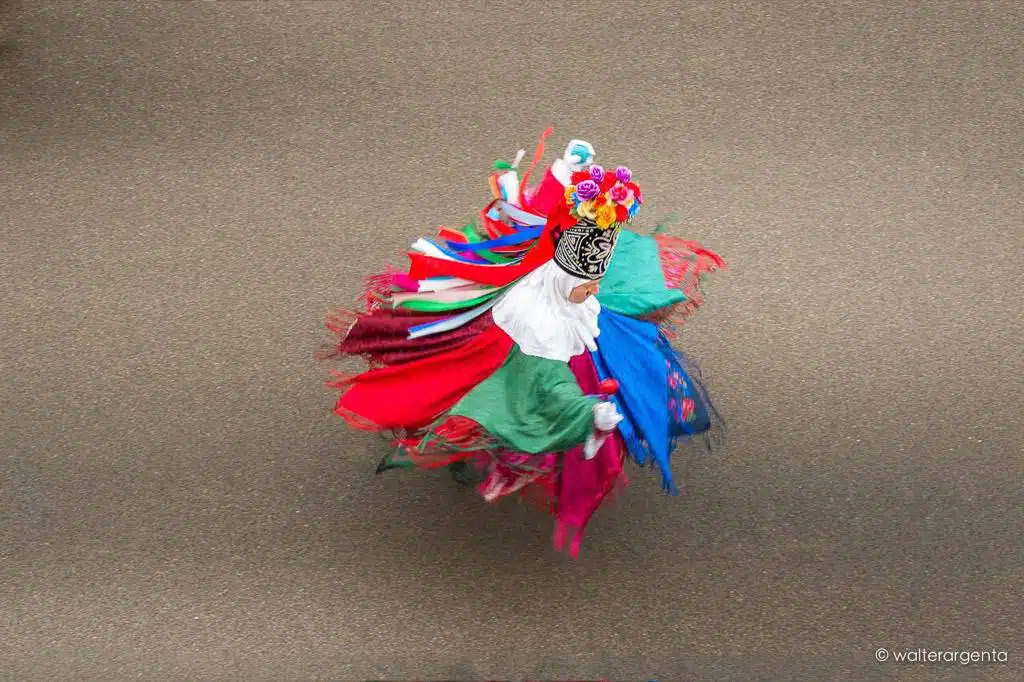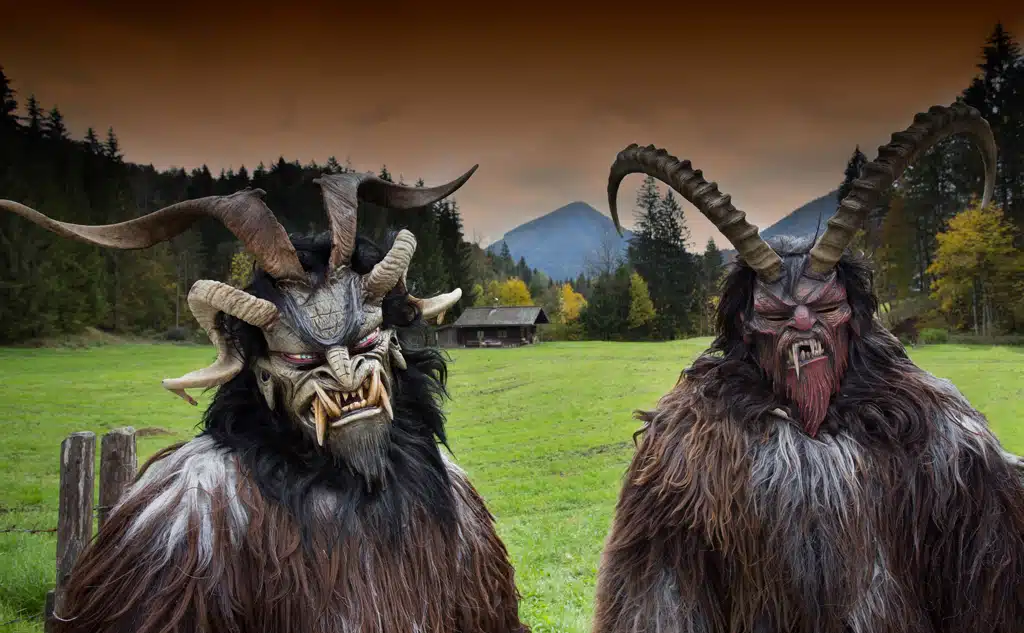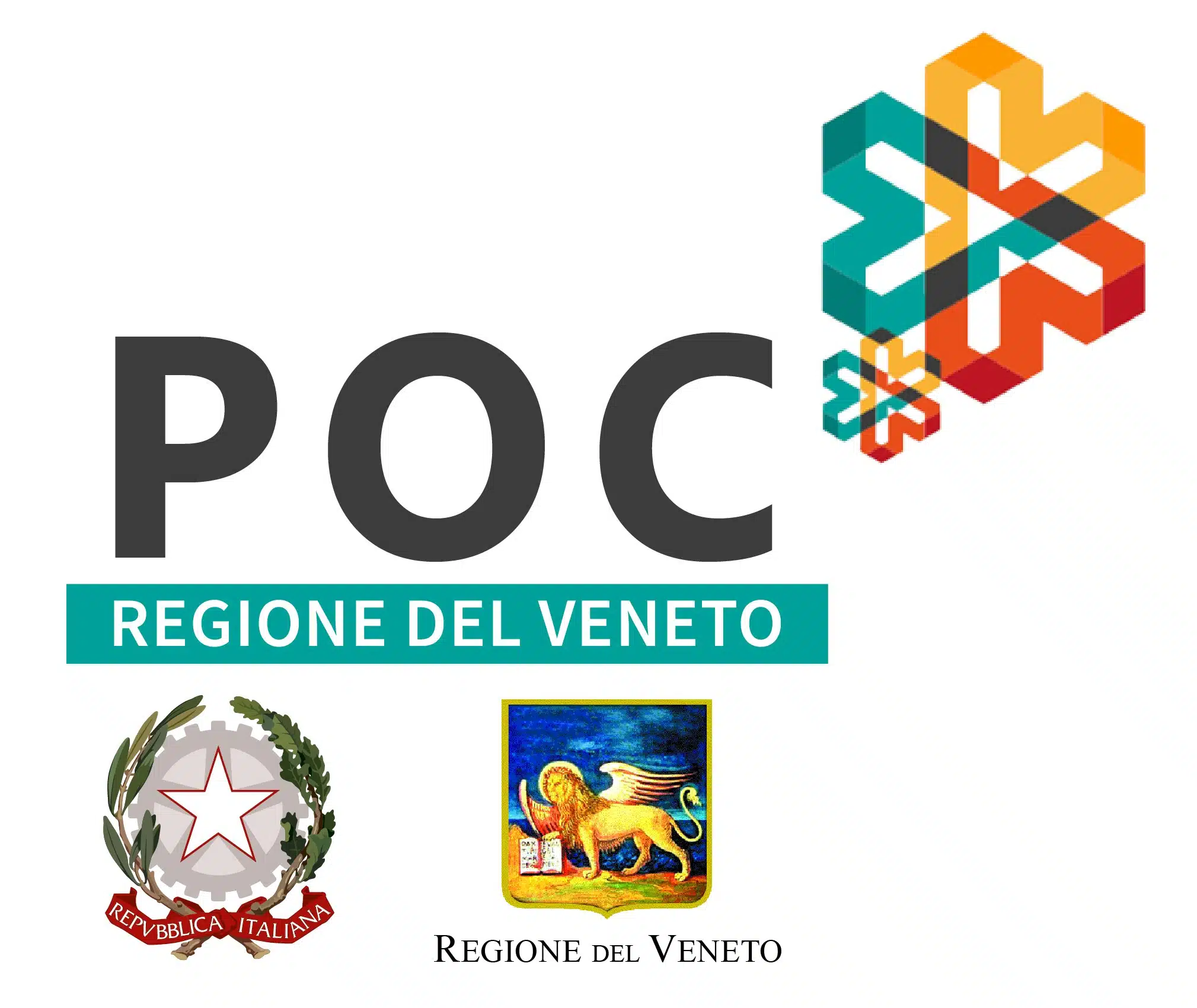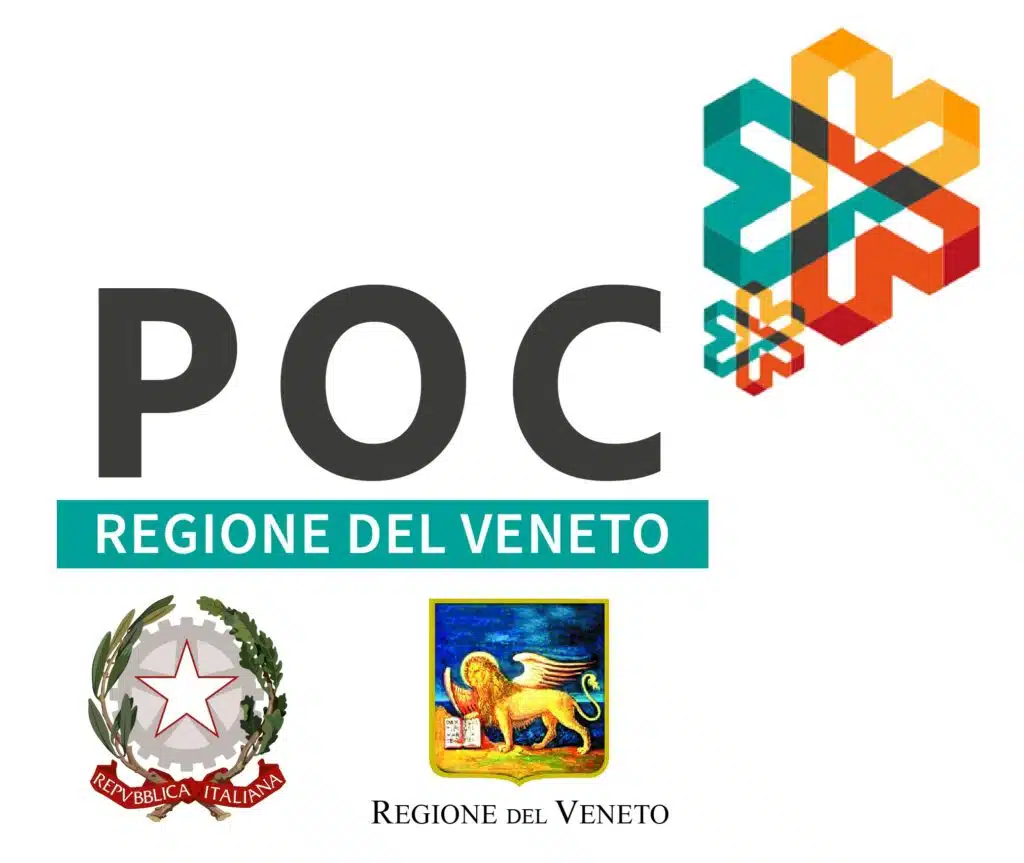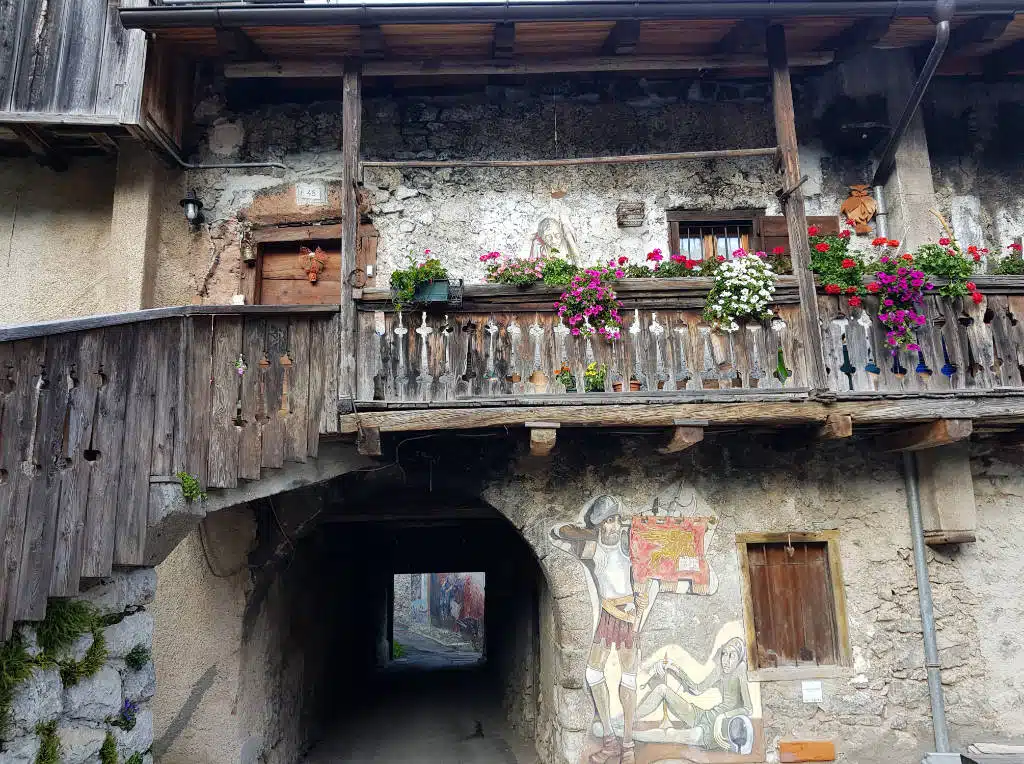
THE DOLOMITIC LANGUAGES
Walking along the paths of the Dolomites or strolling down the valley between the streets and squares in the shadow of the bell towers of the characteristic mountain villages, you will meet the guardians of these enchanting places and hear their conversations or receive a cordial greeting that will be obscure, if not completely unknown, to your ears. The reason for this difficulty in understanding is soon explained.
The inhabitants of the Dolomites express themselves using idioms of very ancient origins, which are therefore difficult to understand for a tourist, as their morpho-syntactic characteristics differ considerably from those of the best known and most widespread languages in the world: these are the so-called minority languages .
THE GERMAN AND LADIN LANGUAGE
In the central-eastern part of the Alps there are two officially recognized linguistic strains: the Germanic language spoken in Sappada, Sauris and Timau (UD) and the Ladin language spoken in the valleys around the Sella mountain group (TN and BZ), in 37 municipalities in the upper province of Belluno and in Friuli. The three communities of German linguistic origin originated from different migratory waves of Tyrolean miners, who from the year 1000 settled and colonized the countries on this side of the Alps. Ladin derives from the combination of the "vulgar" Latin of the Roman soldiers and the languages spoken by the Norse and Rhaetian populations of the respective Roman provinces, which included the alpine and subalpine territories close to Germany and Italy in the central-eastern Alps between Switzerland and Austria, taking refuge in the valleys of the eastern Alps in starting from the XNUMXth century.
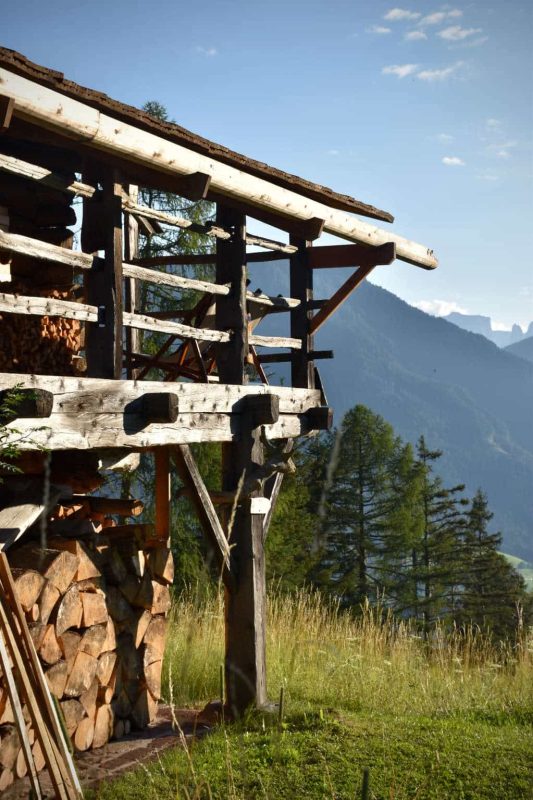
TRADITIONS AND RECURRENCIES
The entire territory of the Dolomites expresses its origins through the language of its peoples, which is evident as evidence of the ancient history of these peoples in the names of the places, which although not intelligible at first sight, certainly evoke a distant past.
Reading the landscape, through the architecture of the typical rural buildings, the "tabià", which dot the immense green meadows, an ancient skill in the use of materials is highlighted, such as wood, the main element that is skilfully worked by the hands of these men, offers works of high artistic and characteristic value, such as the "faces" of the masks of the oldest and most distinctive carnivals of these populations.
The traditional religious celebrations, the folk festivals in which men and women can be admired in traditional clothes, combined with the flavors of a poor but rich cuisine, in addition to the cultural and linguistic heritage of these valleys, make the Dolomites one of the most evocative of the earth.


